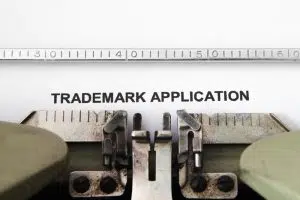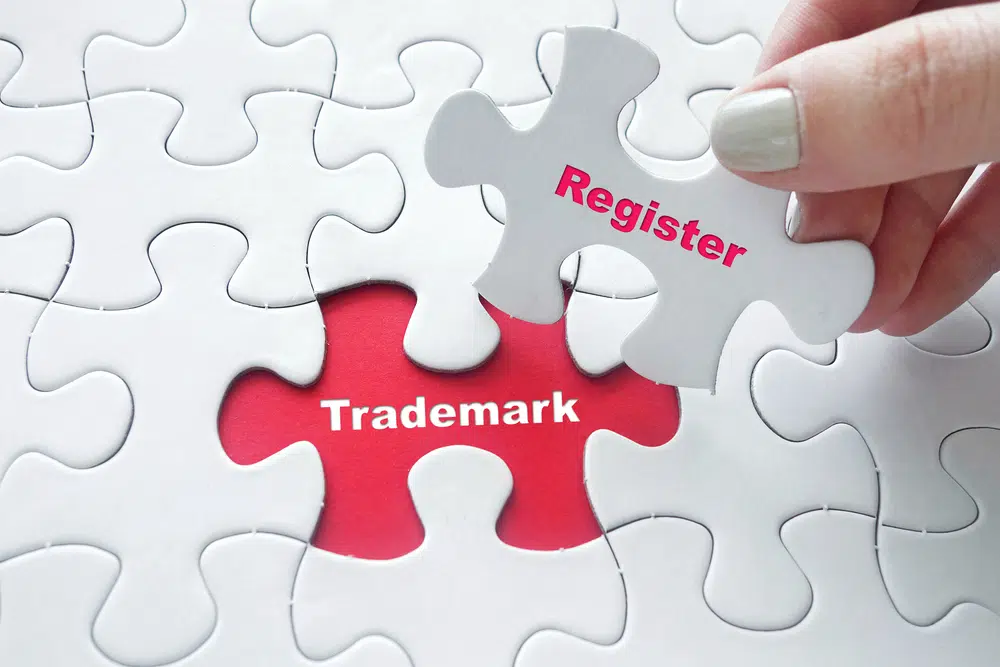 This guide will help you to understand the steps you must take to register a trademark in the UK.
This guide will help you to understand the steps you must take to register a trademark in the UK.
The best way to protect your business is to register a trademark in case a competitor attempts to steal or imitate your branding. Having a registered identity is also a great statement of intent for any new business.
Incorrectly, many entrepreneurs believe that owning a domain name or registering a business on Companies House will protect their brand. Trademark applications take several months to complete, and they are separate processes.
It can be confusing to navigate the registration process. This uncertainty is often exploited by third-party providers by charging high rates to oversee it for you.
With the right instructions, submitting a trademark is actually a straightforward process.
You’ll find everything you need to know in simple, step-by-step instructions below, written by our experts. Your unique brand design will be legally registered at the lowest possible price at the end of this process.
UK trademark registration step-by-step
For your convenience, we have broken down the registration process into five easy steps:
- Define your trademark
- View the trademark register
- Choose your trademark classification
- Submit your application
- Any feedback should be addressed
Depending on your unique business characteristics, it may take a long time to complete your filing. In most cases, applications are completed within four months.
- Define your trademark
The first step to trademarking is determining what exactly you intend to do. There are quite a few loose parameters.
Your request can include words, sounds, logos, colours, or a combination thereof, according to the gov.uk website.
The following cannot be contained in it:
- Descriptions of the goods or services it will relate to. A milk manufacturer cannot trademark the word ‘milk’, for example.
- Labels that are misleading or incorrect. For example, when animal products are present in a food item, the word ‘vegan’ is used
- Your trademark should be accompanied by generic images.An example would be a photo of a diamond for jewellers.
- Pornographic images or swear words
- Flags or hallmarks that are too similar to state symbols
Can I apply for multiple trademarks?
A ‘series application’ is required if you have multiple marks that are similar, with the requirement that the differences between each asset be small.
- Explore the trademark register
Your application will fail at the first hurdle if there is a similar brand design already existing – otherwise, it will be deemed not original.
It is easy to do this online by searching the trademark register on the gov.uk website. Use a trademark number, owner, or keyword search to find an existing logo.
What if my trademark already exists?
Several options are available if your design has already been used:
- Make sure it’s still in commercial use.If a trademark hasn’t been issued publicly for five years or more, or is listed as expired, then you can replace it with your own.
- Ask the owner to give you their mark. If you want to take or buy a trademark from the owner, you’ll need a letter of consent.
- Change your classification (if possible). Similar trademarks may be used by businesses in different industries.
- Edit your trademark. It’s a good idea to have a couple of different branding options available so you don’t get caught in this situation.
- Find your trademark classification
You now need to determine your branding classification, which is your brand’s category of goods and services.
There is a government-developed trademark searching tool to make this step easier.
A total of 45 classifications are available across a range of industries: 34 for goods and products and 11 for services.
Classifications range from chemical products, such as cleaning sprays (Class 1), to personal hygiene products, such as shampoos (Class 5).
Your brand must be registered in all classes in which your company will operate if you think it is applicable to several categories.
- Submit your application
Your data is ready to be entered into an online form once you have gathered all the information you need.
Register online at the UK Intellectual Property Office or send the TM3 form by post.
If you’ve previously filed a trademark, you can retrieve your previous details by logging in with your email address.
Afterward, you’ll be asked to enter information about the mark you wish to claim, including design details, classification, and examination type (Standard or Right Start).
- Address any feedback
Your application report takes two weeks to arrive. Two months will pass before the form is published in the Trademarks Journal if there are no objections.
Your application can be challenged during this period.
All disputes must be resolved before applications can be concluded. If a person objects to your application, you can either withdraw it, defend it, or try to resolve the issue directly with the objector.
Congratulations once there are no more issues! Upon the end of the publication period, your trademark will be registered within two weeks.
In spite of this, it’s important to know that if another firm registers a similar logo, you may still face challenges.
Should I use the trademark symbol?
Once the trademark application is approved, it is a good idea to enforce the trademark.
The ® symbol or abbreviation “RTM” indicates that your mark is protected and may discourage others from copying it.
Trademark registration costs
A trademark application form and a trademark renewal form are the two key forms involved in the filing process. Both are located on the gov.uk website.
First time application
Your first trademark application will cost £170 online (£200 by mail) if you are registering for the first time.
You should not scrimp and save when it comes to intellectual property.
You can also use the ‘Right Start’ application. For those who are uncertain about the success of their submission, this is essentially a practice method.
Right Start requires an initial payment of £100. Once your application meets the rules, you’ll receive a report. Your official version will cost you another £100 if it does.
You may lose your marketing materials or products if you skip the process. Trademark registration is undoubtedly a good value compared to this result. Is it possible to register a trademark for free?
Free trademark registration is not possible.
Third-party providers who claim to offer this service for free should be ignored. You shouldn’t scrimp and save when it comes to intellectual property.
Trademark laws have cost big brands, such as Apple, a lot of money.
Should you pay for a third-party trademark registration service?
A fixed fee trademark management service is offered by most UK solicitors. To register a trademark in one class, the cost typically ranges from £600 to £1000 (+VAT).
Additional classes can cost up to £150 (+VAT) each.
In other words, using a third-party registration service can cost you up to £830 more than registering yourself online.
Our recommendation is to use a solicitor only for very large companies or start-ups with complex intellectual property needs. You may want to file a patent application if you have invented a new product.
How long does it take to register a trade mark in the UK?
The time is takes to register a trade mark in the UK usually takes around four months from the application date. This is if it is a straightforward case, and that the examiner doesn’t raise any objections and nobody opposes your application.
To make the process of applying for a trade mark simpler, the IPO has published a trade mark timeline chart. This chart gives you an indication of your responsibilities and informs you of the process once you submit your application to the IPO. There are a number of different processes for registering EU and international trade marks.
F.A.Q’s
[sc_fs_multi_faq headline-0=”h2″ question-0=”Where do I apply for a Trade Mark in the UK?” answer-0=”To apply for a Trade Mark in the UK, you need to make an application to register your Trade Mark to UK Intellectual Property Office, an executiveagency, sponsored by the Department for Business, Energy & Industry. ” image-0=”” headline-1=”h2″ question-1=”What does a UK Trade Mark registration cover?” answer-1=”A UK Trade Mark registration covers England, Scotland, Wales and Northern Ireland and the Isle of Man.” image-1=”” count=”2″ html=”true” css_class=””]Jarred Musson is a versatile writer with a diverse educational background and a passion for all things business. Holding a Master of Science (MSc) degree in Marketing and a Bachelor of Arts (BA Hons) in Multimedia Journalism from Manchester Metropolitan University, Jarred possesses a unique blend of expertise that allows him to dissect and communicate complex business topics with clarity and precision.


